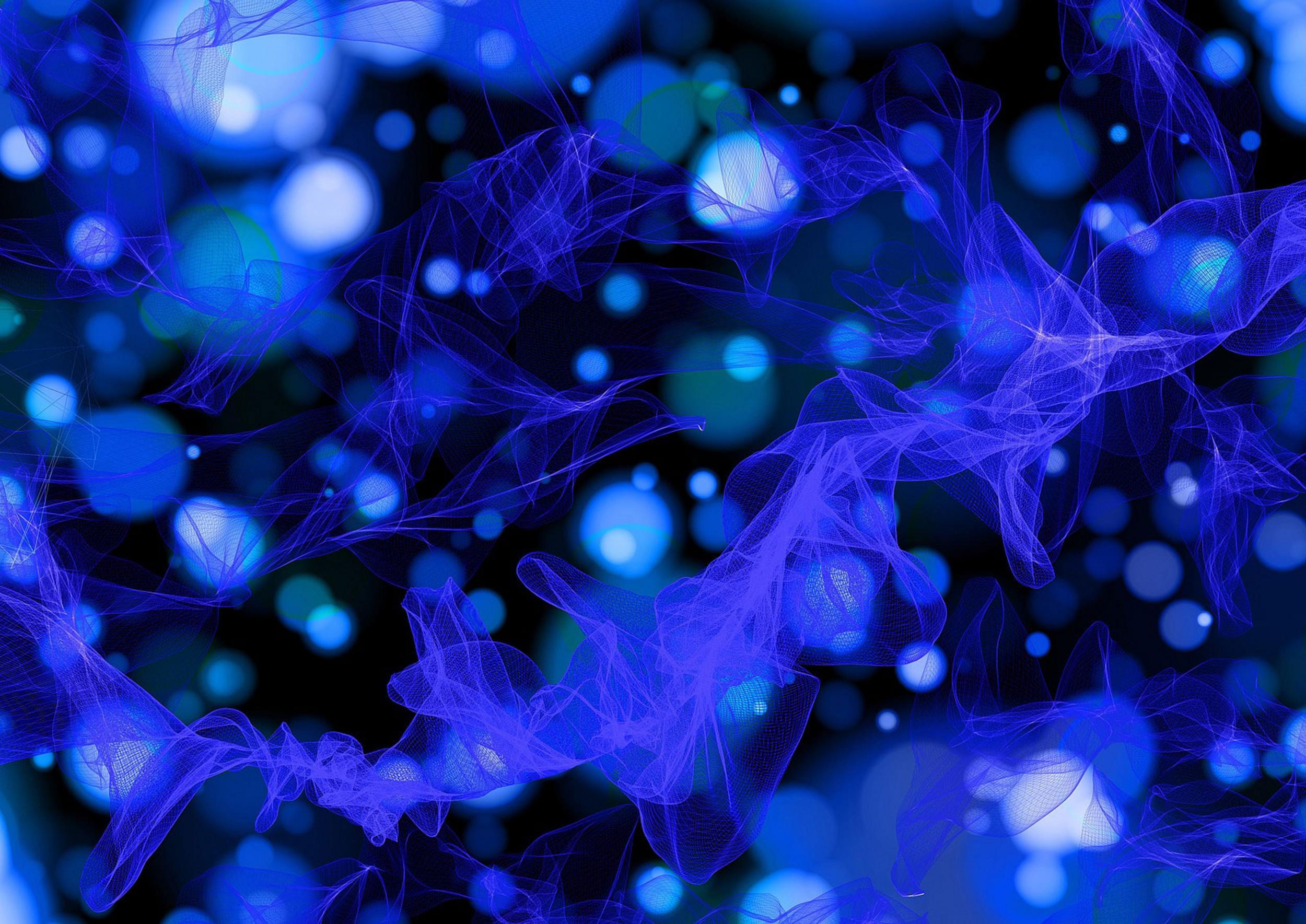

Historically, dry powder laser diffraction measurements presented more difficulties than benefits. The technology necessary to make a dry measurement as simple, straightforward, and reliable as a wet measurement simply didn't exist.
A critical challenge involved precision: how to present the dry powder in the measurement zone so that a (relatively) constant light scattering signal provided reproducible size results. Dry measurements simply didn't show the same high precision as wet and were often difficult to rely upon because of it. To solve this problem, HORIBA created several tools such as a feedback control loop and scan filters to deliver the necessary constant powder flow. More about this later.
Now that the dry measurement technology has caught up to the wet, why would someone choose to measure dry? The most common reasons:
Many applications such as pharmaceutical actives are soluble in multiple dispersants. Or, they may only be insoluble in a dispersant which is either expensive or hazardous. In those cases it is often a more elegant solution to measure dry. (Where wet measurement is still required, HORIBA has developed the MiniFlow accessory to minimize solvent use, exposure, and sample quantity.)
Most error for larger particle sizes comes from poor sampling technique.
Regardless of all the PowderJet refinements, proper user training remains crucial to generating the best possible data. The figure below shows a generalized relationship between %error in a measurement and particle size. For powders this means taking care to practice good sampling technique.
When the LA-960V2 project was launched it had the explicit goal of producing not just the most advanced optical system but also sample handlers to take advantage of it. Thus the PowderJet became just as important to the development team as the choice of laser, detector layout, and circuit design.
The LA-960V2 PowderJet was designed from the very beginning with the goal of maximizing precision. To accomplish this, HORIBA created several tools such as a feedback control loop, scan filters, and more. This fourth-generation of the PowderJet technology has built upon user feedback and previous versions to become the easiest to use, most powerful dry dispersion accessory available.
The two figures below show details of the PowderJet dispersion system and measurement cell. Sample flows along the vibratory feeder before falling into the dispersion chamber. There, the sample flows through a venturi nozzle where any agglomerates are dispersed using 360° compressed air and no impaction surfaces which may cause milling. The dispersion nozzle geometry is designed so that the air is accelerated to supersonic velocity (this is the Jet in PowderJet). The now-dispersed powder flows into the measurement zone where the optical glass in the cell is protected from wear by laminar sheets of air generated by the air guidance plates. The powder is measured and then evacuated though the bottom of the system automatically by vacuum.
Cross-section of the PowderJet cell (left) and a close-up of the PowderJet cell dispersion mechanism (right).
Cleaning and maintenance of the PowderJet is easy. Typically the dry cell windows should be cleaned once a week. The vibratory feeder (where the sample is added) may need a one second brush down between samples. Very little effort is required because the PowderJet was designed to be very low maintenance.
For those users measuring both wet and dry samples, the changeover from the PowderJet to other sample handlers takes less than 45 seconds. The LA-960V2 uses a cell tray which can fit the PowderJet cell and two others, so changeover involves moving the tray by one position (see figure) and snapping the vibratory feeder tray into position.

The LA-960V2 Quick Cell Change switches from wet to dry in less than 45 seconds.
Excellent reproducibility of four measurements of magnesium stearate.
Measuring different grinds of coffee on the PowderJet. Note that several samples require measurement above 2,000 microns.
Excellent dispersion of sub-micron titanium dioxide.
The LA-960V2 PowderJet is the fourth generation dry powder feeder in the LA family of laser diffraction analyzers and builds upon the innovations of those earlier tools to deliver the easiest to use, most powerful dry measurement system available.
There are no results for this filter combination!
Laser Scattering Particle Size Distribution Analyzer
Do you have any questions or requests? Use this form to contact our specialists.
